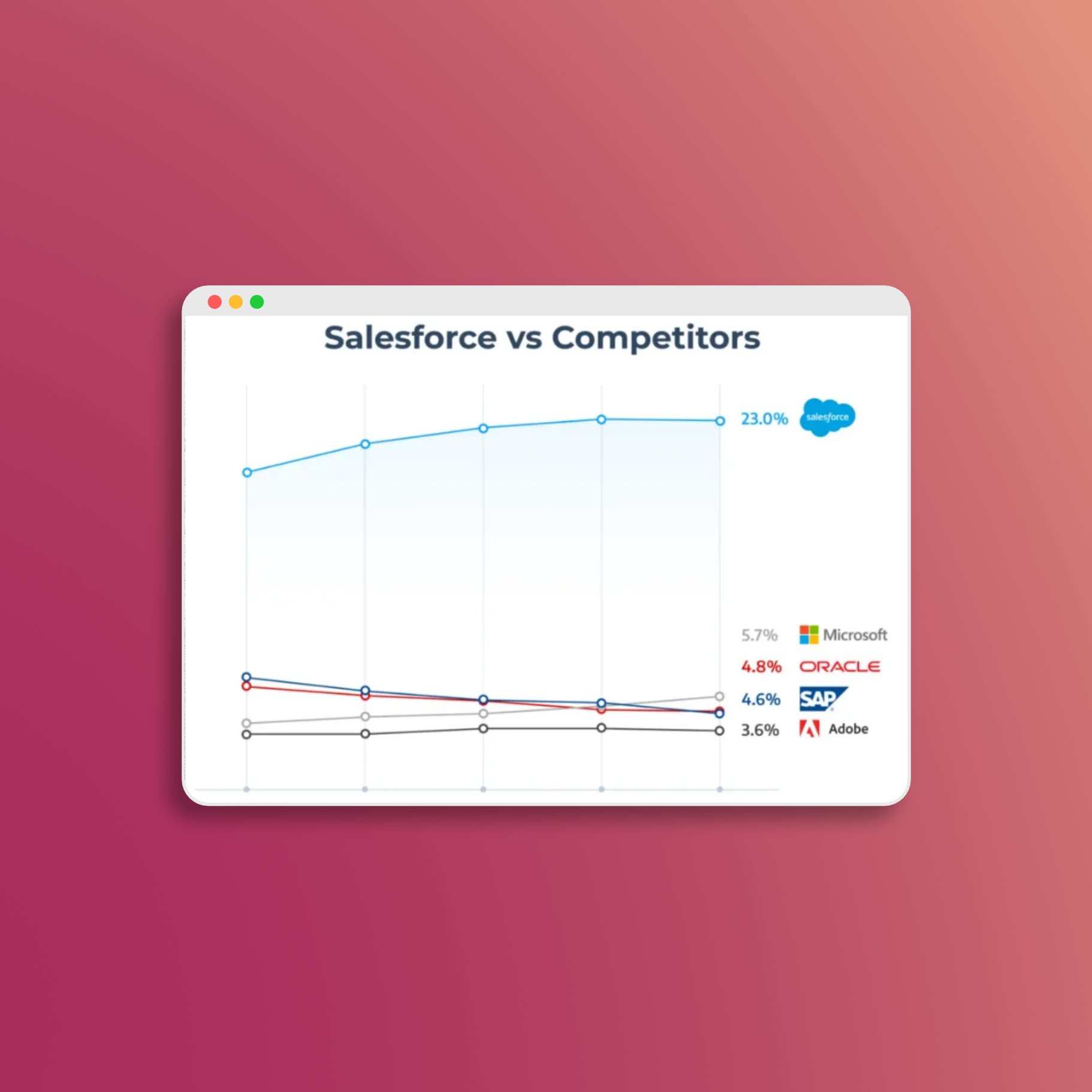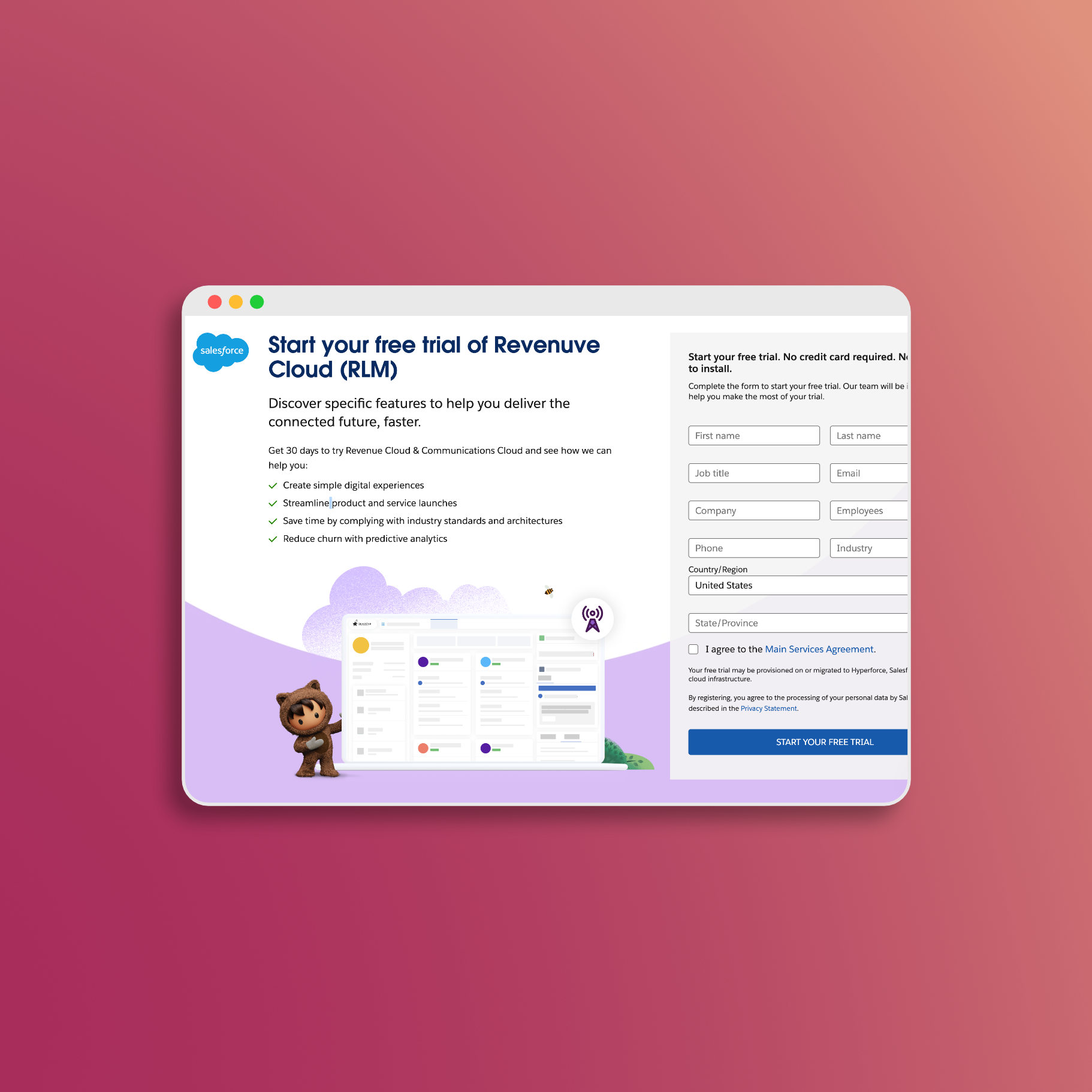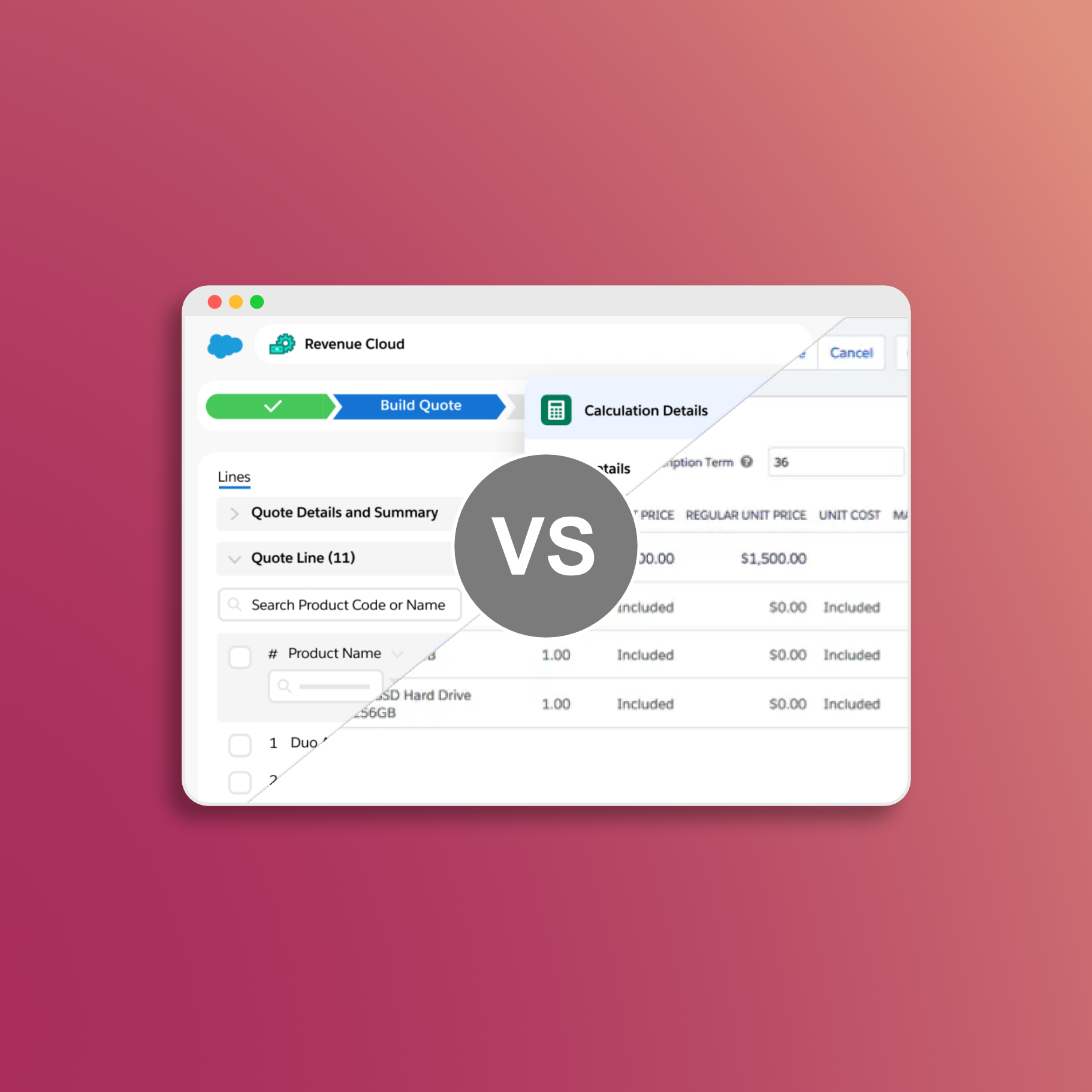Revenue Lifecycle Management
Why the hype in Salesforce Partner Ecosystem and Existing Customers about Revenue Lifecycle Management (RLM)
Salesforce: From Cloud CRM Pioneer to Comprehensive Business Solution Provider
Salesforce has come a long way since its inception as the first purely cloud-based CRM software. Today, it stands as the undisputed leader in the CRM applications industry, boasting an impressive customer base of 150,000 organizations worldwide.
Evolution Beyond Sales
While Salesforce initially focused on meeting the demands of sales departments, it has significantly expanded its offerings over time. The company now provides a comprehensive suite of products that cater to various aspects of business operations:
- Service Cloud
- Marketing Cloud
- Commerce Cloud
- Analytics Cloud
- Industry-specific CRM suites
Meeting the Needs of Regulated Industries
One of Salesforce’s most notable expansions has been into industry-specific solutions. This move addresses the growing need for digital transformation in heavily regulated sectors such as:
- Healthcare
- Financial Services
- Government
- Manufacturing
By offering tailored CRM suites for these industries, Salesforce enables organizations to modernize their operations while adhering to strict regulatory requirements.
Source: IDC worldwide
Why Salesforce CPQ
Salesforce grew rapidly in the last 2 decades with several acquisitions and opening up the force.com platform to its customers to build highly custom solutions in the cloud to meet their business objectives. Lead, Accounts, Contacts, Opportunities, Cases, Orders, Reporting and Charting capabilities demonstrated the highly customizable nature of the platform, and organizations adopted these delightfully compared to traditional on-prem systems.
If you have a world-class system hosted on the cloud which serves your sales team with customer information, you would prefer to have quotes built on the same system as much as possible. This gave birth to companies like:
- BigMachines (purchased by Oracle)
- Steelbrick (purchased by Salesforce and rebranded as Salesforce CPQ)
- Apttus (acquired by Conga)
These companies built Managed Packages to handle this capability on the Salesforce Platform. Recognizing the growing importance of native CPQ capabilities, Salesforce made a decisive move in December 2015 by acquiring SteelBrick for $360 million. Rebranded as Salesforce CPQ, the platform now provides essential features such as:
- Quote line editing
- Product rules
- Bundle products
- Guided selling
- Quote templates
By bringing CPQ in-house, Salesforce solidified its position as a one-stop shop for sales organizations, further cementing its dominance in the CRM and business software market.
Why Salesforce RLM
Steelbrick CPQ worked well for small and mid-market customers, but there are limitations with the product which made it challenging to scale for large enterprises:
- CPQ is not easily integrated with other Salesforce products. You can’t create a contract, subscription, or asset directly from a quote.
- It doesn’t allow configuring items in batches. Each configuration must be done individually, which can be time-consuming for products with many variations.
- CPQ doesn’t come with its own data warehouse or analytics tools. These need to be purchased separately.
- There are limitations on the precision of pricing calculations, especially when dealing with complex pricing rules or large numbers of quote lines.
- There are limits on the number of components that can be included in a product bundle.
- There are limitations on the maximum number of line items allowed in a single quote, though this number is likely to be quite high.
Salesforce realized this quickly and while they kept updating and adding new features to the Salesforce CPQ (aka Steelbrick) package, they have been working parallel to build a completely native solution from the ground up using more modern tools (Flows, Lightning App Builder, Omnistudio) that were not available when Steelbrick was born. Welcome to the world — Salesforce Revenue Lifecycle Management (RLM).
The product, though Generally Available, is still in the nascent stage with very few implementations underway. As much as I know Salesforce working on the Salesforce Platform for the last 12+ years, there will be some hiccups, but the Revenue Cloud team will heavily invest in identifying and fixing any gaps and issues and deliver a robust product.
While early adopters may encounter some hiccups, the long-term outlook for Revenue Cloud remains positive. Salesforce’s dedication to getting it right, combined with their deep expertise in CRM and related technologies, suggests that Revenue Cloud will evolve into a robust and essential tool for businesses looking to optimize their revenue operations.
For organizations considering Revenue Cloud, it may be wise to:
- Closely monitor early implementation case studies
- Engage with Salesforce partners experienced in Revenue Cloud deployments
- Plan for a phased adoption approach to mitigate potential risks
As Salesforce continues to invest in and refine Revenue Cloud, we can expect to see increased adoption and success stories emerging in the coming months and years.
Thanks for reading.
📅 Let's Work Together!







